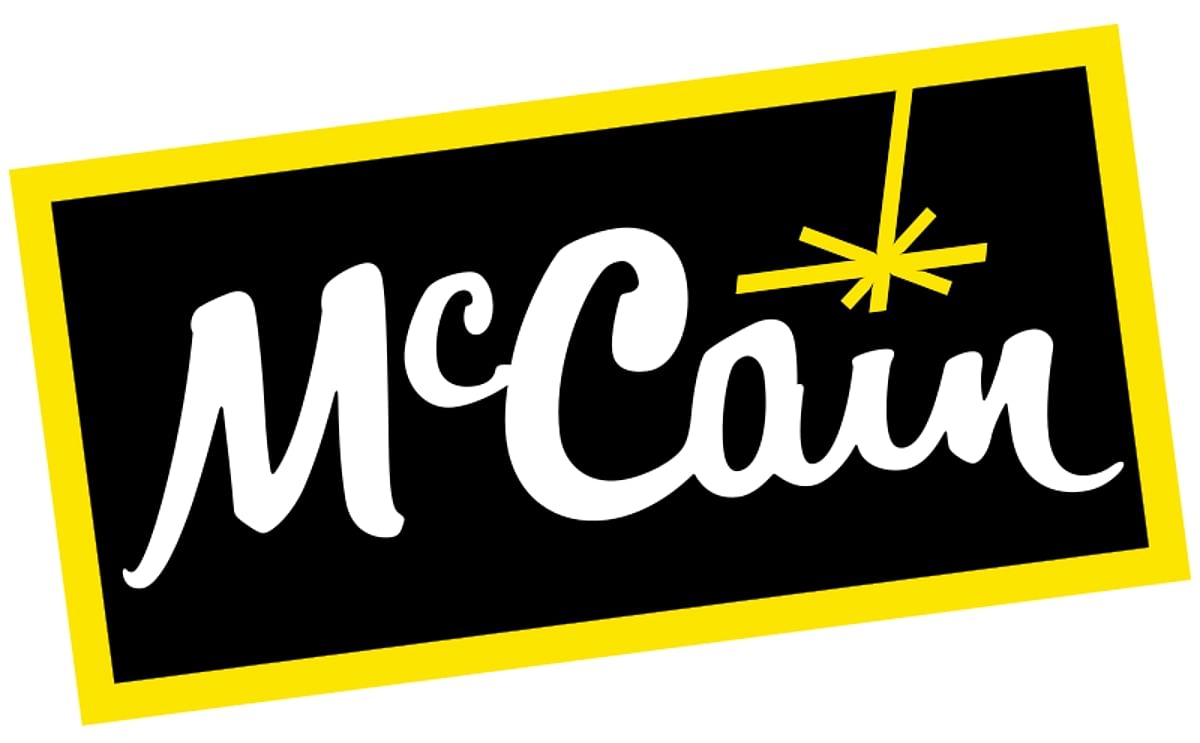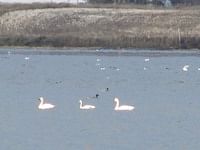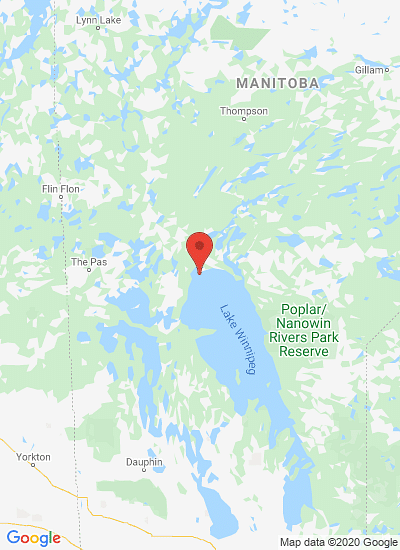McCain Foods (Canada) turns former waste water lagoon at Carberry plant into nature
McCain Foods (Canada) turns former waste water lagoon at Carberry plant into nature

Business, government, and conservation interests gathered at the McCain Foods (Canada) plant in Carberry today to celebrate a remarkable achievement. A former wastewater lagoon that for years had been devoid of wildlife, has been revitalized through a wastewater treatment centre and the naturalization of habitat around the area.
The site has become home to ducks and other waterfowl as well as vegetation such as cat-tails, bulrushes, trees, and prairie grasses. "It's amazing to see the difference,"said Fred Schaeffer, President and CEO of McCain Foods (Canada). "But it goes to prove that if you give Mother Nature a chance, she starts to heal herself."
But several of those gathered noted that McCain Foods gave Mother Nature a helping hand in the transformation. Stan Struthers, Minister of Manitoba Conservation, commended McCain on its action. "Significant progress is being made by McCain Foods in improving the management of wastewater from this plant and in addressing a decades old environmental issue,"said Struthers.

Revitalized former waste water lagoon McCain Foods Carberry plant
"It is clear that a lot of thought and effort went into this project,"said Jeff Nelson, Chief Executive Officer of Ducks Unlimited Canada. "Choosing the exact type of plants and grasses indigenous to Manitoba will help ensure the transformation to a naturalized wetland with the appropriate vegetation surrounding it."
McCain Foods bought the Carberry potato processing plant in 2004. At the time, the wastewater lagoon was purple in colour, had no wildlife, and neighbours often complained about the smell. But after much planning, design and construction, earlier this year, the company implemented the first two phases of its new wastewater treatment system. The first phase of the system removes mud and frying oil from the wastewater and the second phase, a covered anaerobic lagoon (CAL), removes nitrogen and phosphate. The third and final phase, which will remove additional nutrients from the wastewater, will be completed next month.
Schaeffer says the final stage will allow the former lagoon to complete the transition back to a natural wetland. "In addition to their value as waterfowl and wildlife habitat, wetlands provide a wide array of ecological goods and services to the province,"said Nelson. "As McCain has proven here with their dedication to this project, creativity, commitment and consultation can lead to the revitalization of these wetland areas so waterfowl, wildlife and people all benefit from them."
Schaeffer said the company wasn't satisfied with just installing the wastewater treatment system. It also expanded its irrigation program to lower the water level in the lagoon so that vegetation could grow, and it planted 2,000 hybrid poplar trees and a wide range of prairie grasses to make the site more attractive and to help prevent soil erosion.
"We are delighted with the results,"he said. "Things like this are not just good for the environment;they also make good business sense. From our perspective, it's all good."










